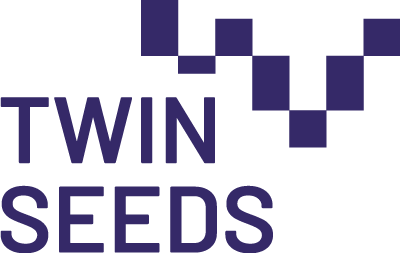Louise Curran (TBS), Mahdi Ghodsi (wiiw), Nina Vujanovic (wiiw), and Michael Landesmann (wiiw)
The trade policy regime has been changing significantly in the past few years, particularly following the global financial crisis of 2008/09. In a rapidly changing geo-political environment, the EU – in line with other main global actors – has shifted its focus from multilateral cooperation, moving much more strongly towards bilateral and unilateral agreements, widened its portfolio of trade policy measures and increased its strategic leveraging of trade and investment.
At the same time, increased concerns about technological sovereignty has led the EU (and other global players) to resort to ad-hoc protectionist measures, such as the EU (and US) anti-dumping actions on solar panels. With the outbreak of the war in Ukraine, the introduction of such ad-hoc trade defense measures has increased.
Another notable change in recent trade policy is the greater popularity of non-tariff measures (NTMs), such as technical barriers to trade (TBTs) and sanitary and phytosanitary (SPS) measures (Figure 1). Indeed, as tariffs were gradually decreasing (at least until the US-China trade war), trade costs associated with NTMs gained importance as they were proliferated. In the EU, the various measures to regulate the imported market for pharmaceutical devices and medicines and the Regulation on Deforestation Free Products are just two of the most prominent examples of recent non-tariff measures. Although the latter being part of a range of measures related to securing the green transition, trade partners have expressed concern about the negative effects of such measures on trade.

Figure 1: The trend in ad-valorem equivalents (AVEs) of tariffs and NTMs from 1996 to 2020
Note: NTMs are broken down into Technical Barriers to Trade (TBT) and Sanitary and Phytosanitary measures (SPS), expressed as ad-valorem equivalents. Tariffs are measured as simple averages.
NTMs have real economic effects on trade, due to increased trade costs. The industries facing the highest NTM-related trade costs include electronics and computers and electrical equipment, key industries for the digital and green transitions (Figure 2). As figure 2 shows some regulatory NTMs may even stimulate trade of some products, which is translated into a negative ad-valorem equivalent (AVE). While tariffs are purely equivalent to positive taxes on imported goods, some NTMs act as negative taxes or subsidies.

Figure 2: Ad-valorem equivalents of trade barriers across sectors, 1996-2020
The research conducted in the TWIN SEEDS project indicates that NTMs have significant negative effects on the performance of subsidiaries of multinational companies. This impact is greater than the one observed for tariffs. The performance of high-tech manufacturing companies is even more affected by rising trade costs of regulatory NTMs. These results have important implications considering the fourth industrial revolution and digitalization taking place, where these sectors play a key role.
However, the research suggests that although trade costs associated with NTMs have negative effects on companies’ performance, such effects are mitigated by the presence of deep Preferential Trade Agreements (PTAs) with provisions on TBT and SPS measures. By successfully including a wider set of economies within a common regulatory context, PTAs can encourage trade and promote global value chains.
The findings of our research suggest that the EU will have to tread a fine line between defending an open, rules-based global international trading system and pursuing its own strategic goals in terms of enabling the green transition, strengthening its technological and industrial capabilities and securing its strategic autonomy.
